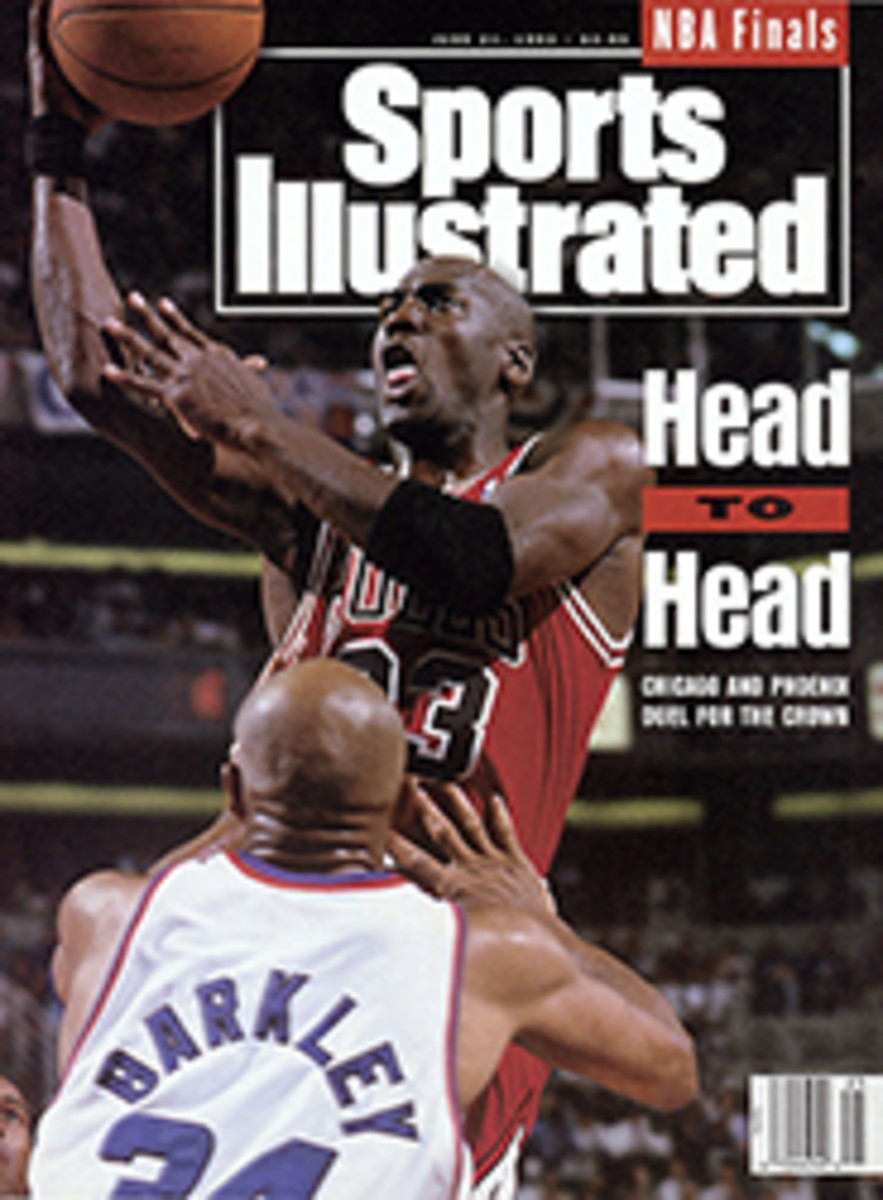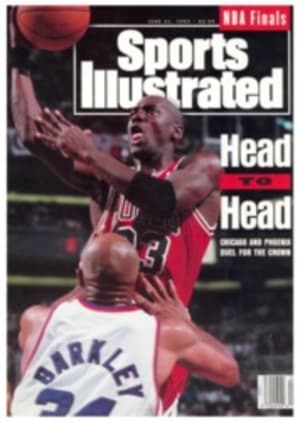
Tommy Morrison
In the kitchen mom is turning the sizzling turkey sausage with a spatula. While biscuits turn golden brown in the oven, in another skillet egg whites and potatoes slowly fry. "Tommy has to have his country breakfast when he comes home," Diana Morrison is saying, smiling as mothers have always smiled when their sons return from the wars and are safely asleep in their bedrooms.
Five days have passed since Tommy Morrison's June 7, 12-round victory over former heavyweight champion George Foreman in Las Vegas, and along Highway 20, the main street of Jay, a little town tucked into the northeast corner of Oklahoma, the homemade signs and banners—WELCOME HOME, TOM; WELL DONE, TOMMY; GREAT JOB, TOM—are swaying in a pleasant breeze. The day before, the folks in Jerry's Drive-In Diner talked about holding a parade. A visitor, looking out the cafè's window at the two-lane highway, wondered where they would hold it. "They start right out there," said Betty Fields, a retired high school teacher, pointing to a spot just down the road from the diner. "Then they go down to the stop sign, turn left, go around the courthouse square and then left again on the highway to the Wal-Mart."
Over on Cherokee Street, Diana spent that day like the rest of Jay, waiting for Tommy to come marching home. After a three-day stopover in Kansas City, where he now lives, Morrison drove 198 miles to Jay, because he had promised Brook Netherton, a high school friend, that he would be at her wedding on Saturday afternoon.
Whipping Foreman, and suddenly standing near the top of a woefully short list of opponents for heavyweight champions Riddick Bowe and Lennox Lewis, has earned Morrison a lot of attention. Part of it has to do with his complexion. Diana, who is a full-blooded Indian—half Otoe, half Ponca—gets annoyed when she hears Tommy called the Great White Hope (Tim Morrison, whom she divorced in 1980, is white). "Why don't they call him the Great Native American Hope?" she asks, more mocking than serious. "Or at least half a Great White Hope. It's all so silly."
When Diana was a child, her father, John Harrison, taught her how to hook and jab. Harrison was a former Golden Gloves champion, and Diana dreamed of being a boxer. It didn't happen, so she focused her ring ambitions on Tommy. When he was 10, she took a needle and some India ink and tattooed boxing gloves onto his left biceps. "Took me two hours," she says. "He flinched and ouched a lot, but I got them done." In high school Tommy set his amateur boxing aside to play basketball and football. He even had a cougar tattooed over the boxing gloves on his arm. A linebacker at Jay High, he was weighing scholarship offers from three small colleges when Diana finally sat him down to get his priorities in order. "Look," she said. "Winning the Golden Gloves is a family tradition. On the one hand you have college, which will always be there. On the other you have the Golden Gloves in Kansas City, which is now or never. Think about it."
Tommy chose boxing. He won in Kansas City and turned pro on Nov. 10, 1988. Over the next three years, which included a six-month pause in 1990 to play a fighter in Rocky V, he won his first 28 fights, 24 by knockout. Then, on Oct. 18, 1991, he fought Ray Mercer, who had beaten him 5-0 at the 1988 Olympic trials. Mercer knocked him out in the fifth round. "I had done a lot of drinking and partying in high school, and some of it had carried over into my boxing career," says Morrison, whose carefree approach to training had finally caught up with him.
Now, says Morrison, "if Mercer were here, I'd hug him to death. That fight was the best thing ever to happen to me." Morrison KO'd his next eight opponents. For Foreman, the strategy designed by Morrison's trainer, Tommy Virgets, was to hit the lumbering ex-champion before he could get set and then to walk away. It was ugly, but all three judges had Morrison winning by at least seven points.
Having finished breakfast, Tommy stands up and stretches. "God, it's good to come home. No matter what you achieve, you come home and everything is normal." A half hour later he is standing at Main and 5th, site of an eight-month-old traffic light, the only one in town. Some of the 2,500 citizens of Jay begin to pile out of their pickup trucks, a few with cameras, others with pens and blank paper. For Tommy Morrison, coming home will never be quite normal again.
PHOTO
PHIL HUBER
George Foreman's conqueror takes a hearty bite out of life as a hometown hero.

